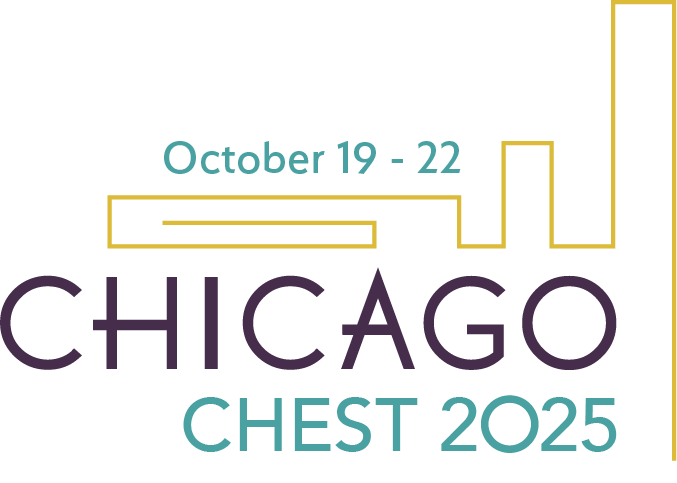
Telomere mutations are known risk factors for interstitial lung disease (ILD). Short telomere length can cause disease by limiting the regenerative capacity of precursor cells in multiple organs, including the lung.1 It is estimated that 25% of patients with idiopathic pulmonary fibrosis (IPF) have underlying short telomere syndrome (STS).2 STS describes a multisystem pathology, including ILD, liver cirrhosis, and bone marrow dysfunction. Rapid progression of pulmonary disease may occur in patients with short telomeres, prompting referral for lung transplant evaluation. Patients with STS require comprehensive pretransplant assessment and risk stratification for peritransplant and posttransplant complications.1,2
Age-adjusted telomere length is evaluated by flow cytometry fluorescence in situ hybridization analysis of lymphocytes and granulocytes. Individuals with lymphocyte telomere length below the 10th percentile are considered to have short telomeres.2 At present, each lung transplant program determines their STS screening criteria, with no current national guidelines in place. Most commonly, patients with IPF, familial pulmonary fibrosis, or additional systemic manifestations of STS are tested. There is an increased pretest probability of STS with a familial history of pulmonary fibrosis, history of bone marrow failure, macrocytosis, early graying (under age 25), liver disease, and low CD4 counts.1 If screening is limited to those with only overt multisystemic STS manifestations, however, this may lead to a failure to identify more than half of those with a pathogenic mutation.3

In lung transplant recipients with STS, posttransplant complications may be more frequent. Increased rates of infections have been reported—specifically, a higher risk of cytomegalovirus (CMV) viremia and fungal infections. In addition, delayed wound healing and airway anastomotic complications can impact early posttransplant course.2 Myelosuppression, adverse drug reactions secondary to immunosuppression (ie, calcineurin inhibitor toxicity), and liver disease—among other systemic effects—can have a significant long-term impact. There are conflicting reports of differential early- (ie, primary graft dysfunction) and long-term graft function and survival in patients with STS compared with other recipients; thus, further research is needed in this area.2
Recipients with STS require tailored pretransplant and posttransplant care pathways and management. In addition to standard pretransplant testing, additional evaluation may include hematological consultation and bone marrow biopsy (if warranted), hepatology evaluation and liver fibroscan, clinical T-cell immunodeficiency history, and a medical genetics evaluation. An integrated, multidisciplinary team of hematologists, hepatologists, infectious disease physicians, and genetic counselors is recommended in evaluation of these complex patients. Peritransplant recommendations include consideration of CMV seronegative donors (for CMV seronegative recipients) and bronchial artery revascularization.2 Posttransplant immunosuppression adjustment may be necessary in a select group of patients given T-cell immunodeficiencies and cytopenias.4 This may include adjustment of induction and maintenance immunosuppression. We consider extending antiviral (CMV) prophylaxis and antifungal prophylaxis beyond the first year post transplant. A preference for letermovir as CMV prophylaxis may also be considered given reduced observed leukopenia.
The impact of STS in lung transplant recipients remains an evolving science, and current data remain limited to single-center experiences. With increasing availability of testing and interest in the field, we anticipate improved understanding of posttransplant complications and improved management protocols to better facilitate care of recipients.
References
1. Shah PD, Armanios M. Pre- and post-lung transplant considerations for patients with ultra-short telomere length. Eur Respir J. 2025, in press.
2. Southern BD, Gadre SK. Telomeropathies in interstitial lung disease and lung transplant recipients. J Clin Med. 2025;14(5):1496.
3. Armanios MY, Chen JJ-L, Cogan JD, et al. Telomerase mutations in families with idiopathic pulmonary fibrosis. N Engl J Med. 2007;356(13):1317-1326.
4. Wagner CL, Hanumanthu VS, Talbot CC Jr, et al. Short telomere syndromes cause a primary T cell immunodeficiency. J Clin Invest. 2018;128(12):5222-5234.
